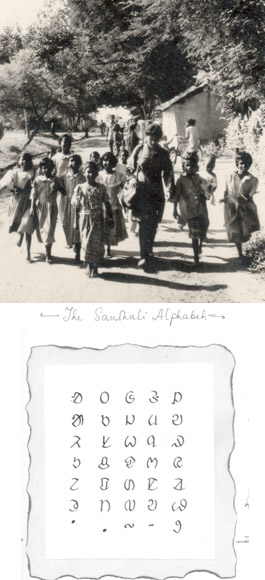Debleena
Yet she also describes her home and the city of Calcutta as similar in some ways. In her home, for example, she grew up speaking three languages, Dutch and French along with her first language. She describes the city of Calcutta similarly, as a place full of different languages and cultures:
Languages flowed around me all day—the rickshaw-drivers slang, strangely drawn-out, I could imagine that tongue giving song on a boat on the Ganges, the bus-driver and conductor exchanging hot words in their own shorthand, the many dialects of the street and the markets, the village-tongues, the tight-lipped low voices in posh boutiques, the badly spoken English in the new malls and cineplexes, the put-on ‘Amru’ accents in upscale shops, the lucid teachers at school, the nuns’ terrible coaching (I remember I could never say “Assam” to their satisfaction), the Hindi teachers trying to teach a gaggle of girls the right way to say “Aum” and the significance of “Uma,” the lilt of literary Hindi, the water-waves of modern Bengali I heard in the music on the radio, my mother bursting into song at the stove as the first monsoons hit the city, and I learning, learning, the shape of words, feeling with mind-fingers as they told me how others had described human experience.
From the examples she gives, we see Debleena’s literacy experiences through her childhood and adolescence as multiple and characterized by this hybridity of language in both her home and the larger culture in which she lived.


